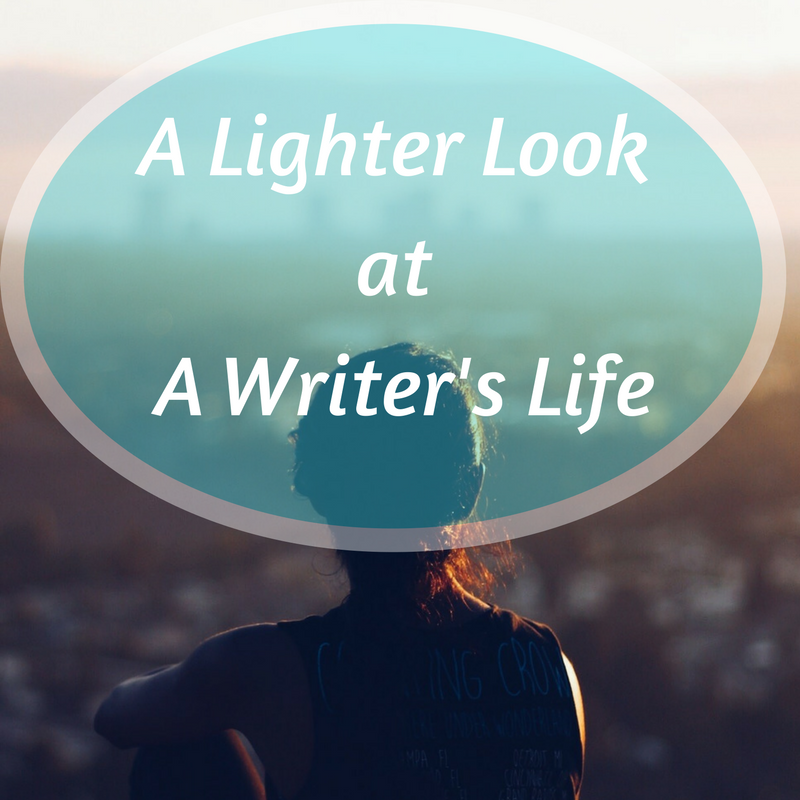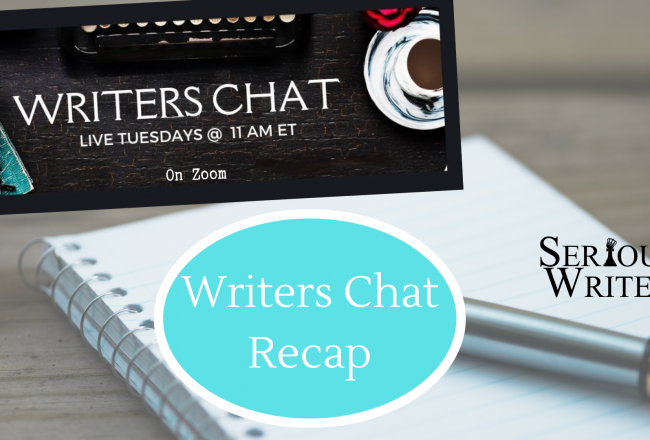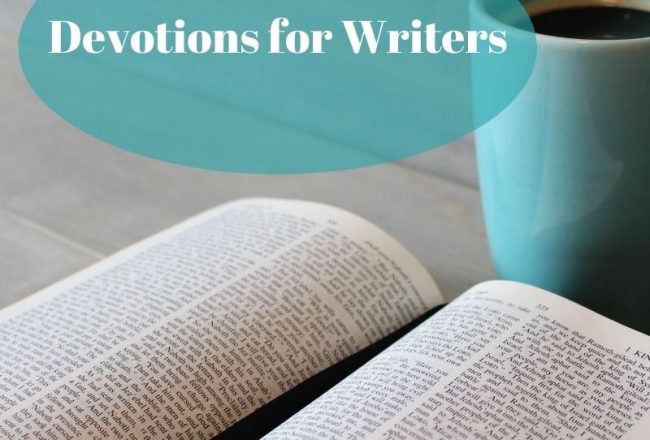
Picture Book Submissions – The Powerful Proposal
Apparently this is a controversial issue – To submit a children’s Proposal with your manuscript or not? I always…
October 13, 2015
Apparently this is a controversial issue – To submit a children’s Proposal with your manuscript or not? I always…
October 13, 2015
Worlds of the Complex Nature So we’ve got a great story idea, and we’ve got two great…
October 12, 2015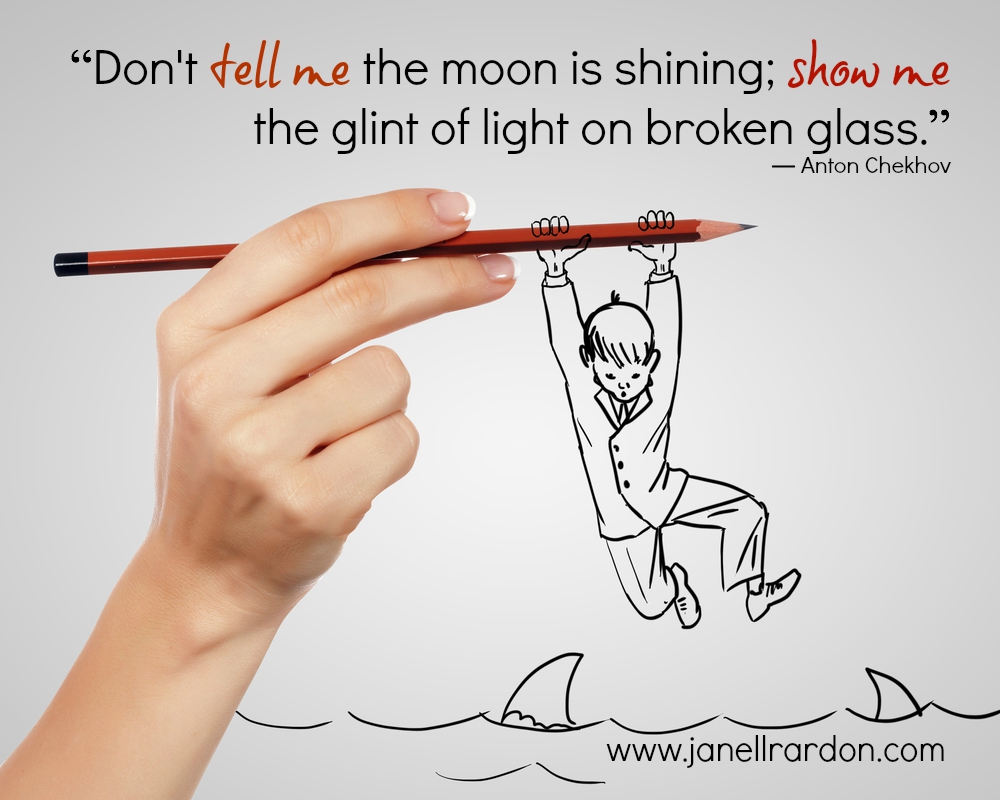
“No thief, however skillful, can rob one of knowledge, and that is why knowledge is the best and safest…
October 11, 2015
[bctt tweet=”#TeenWriters: To avoid weak writing, check your book for these common mistakes #writingtips@tessaemilyhall “] Teen writers: You’re entering an…
October 9, 2015
[author title=”Hope Toler Dougherty” image=”https://www.almostanauthor.com/wp-content/uploads/2015/10/toler-275×275.jpg”]Before writing novels, Hope Toler Dougherty published non-fiction articles on topics ranging from gardening with…
October 9, 2015
It’s a struggle authors frequently have. We write an article or blog post, and then comes the dreaded question,…
October 8, 2015
Congratulations to our Blue Seal Award winners and finalists! Thank you to all who entered, we look forward to…
October 7, 2015
We all know the value of saving for the future. The truth is that’s not just good financial advice—it’s…
October 7, 2015
You sit down at your computer to write a new blog post. A blank screen is all you…
October 6, 2015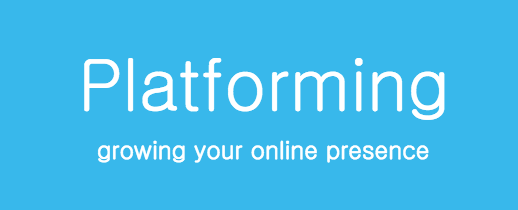
One of the cornerstones of an author’s platform is a personal website or blog. (Because these terms are used…
October 5, 2015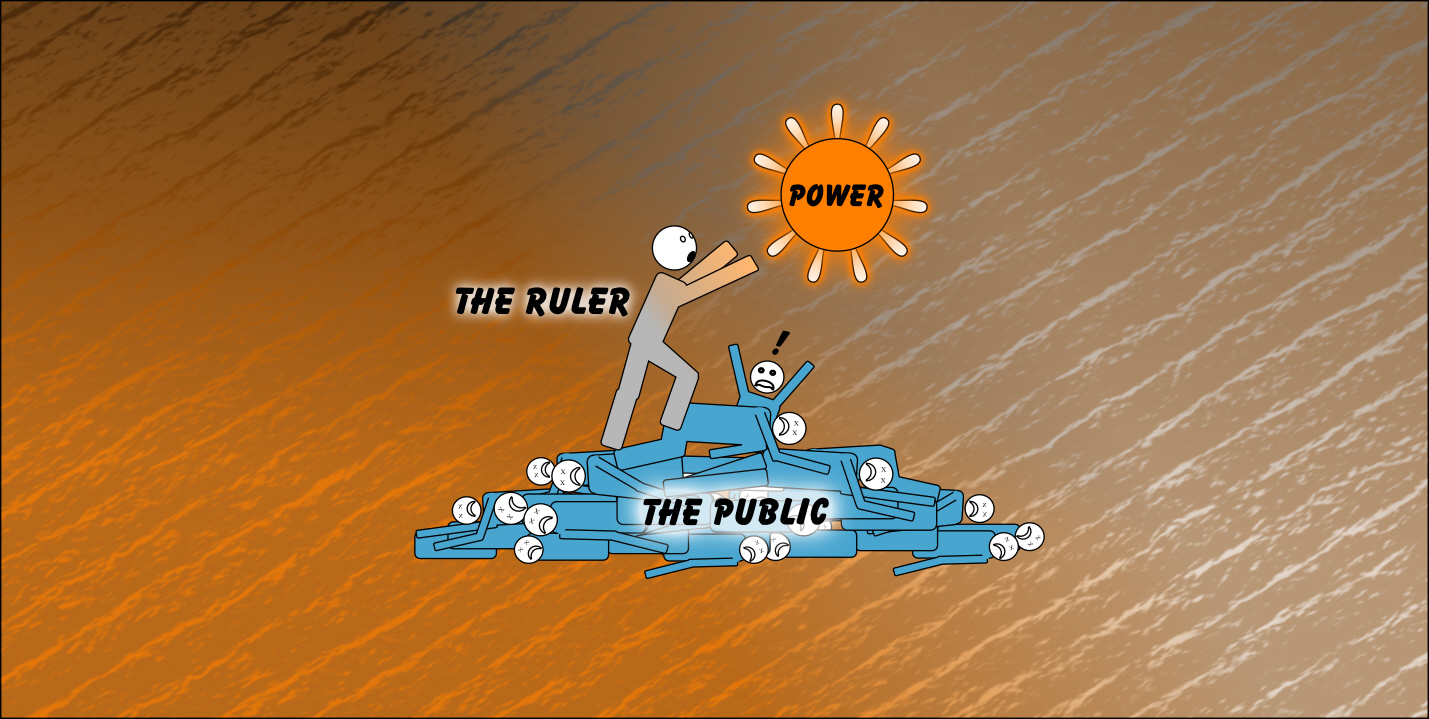
Last month, we looked at governance by law first, and people second. If the characters in your book find themselves in…
October 4, 2015
If you are a born again follower of Christ then you have been given a spiritual gift or gifts.…
October 3, 2015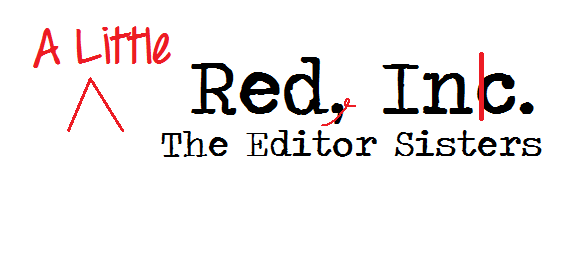
Choosing a freelance editor can be daunting. So many choices, so many possibilities. And if we’re honest? Many people…
October 2, 2015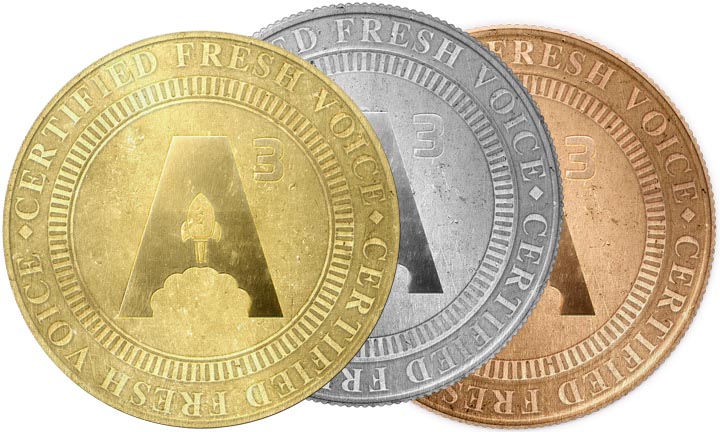
FRESH VOICES WRITING CONTEST [box type=”shadow” align=”” class=”” width=””]UPDATE: 10/27/15 – Lighthouse Publishing of the Carolinas has committed to read a full…
October 1, 2015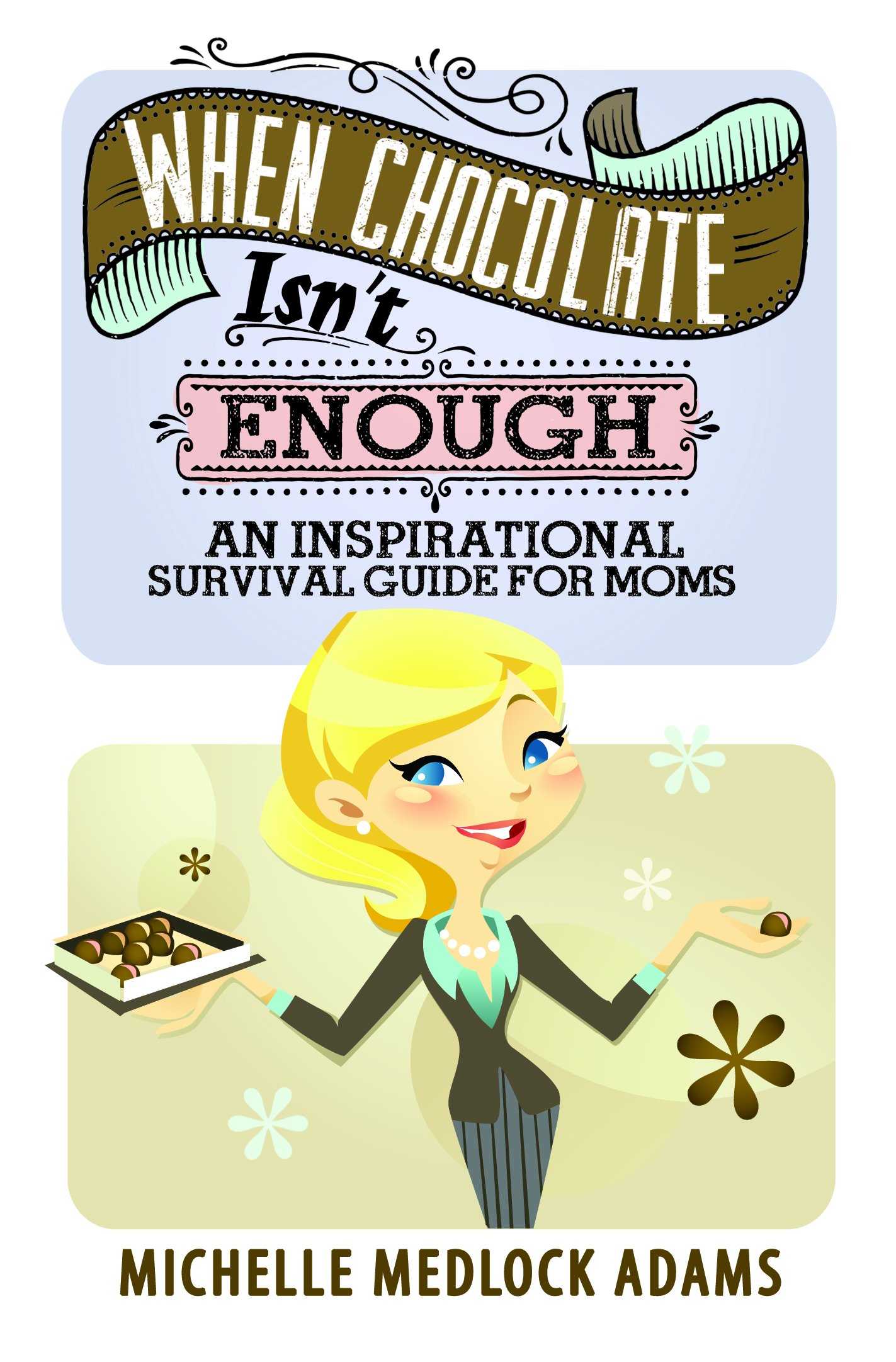
[author title=”Michelle Medlock Adams” image=”https://www.almostanauthor.com/wp-content/uploads/2015/09/Michelle_2966.jpg”]Michelle Medlock Adams is an award-winning journalist and best-selling author, earning top honors from the…
October 1, 2015
You might be asking what you actually submit to a publisher when you submit a picture book manuscript. I…
September 30, 2015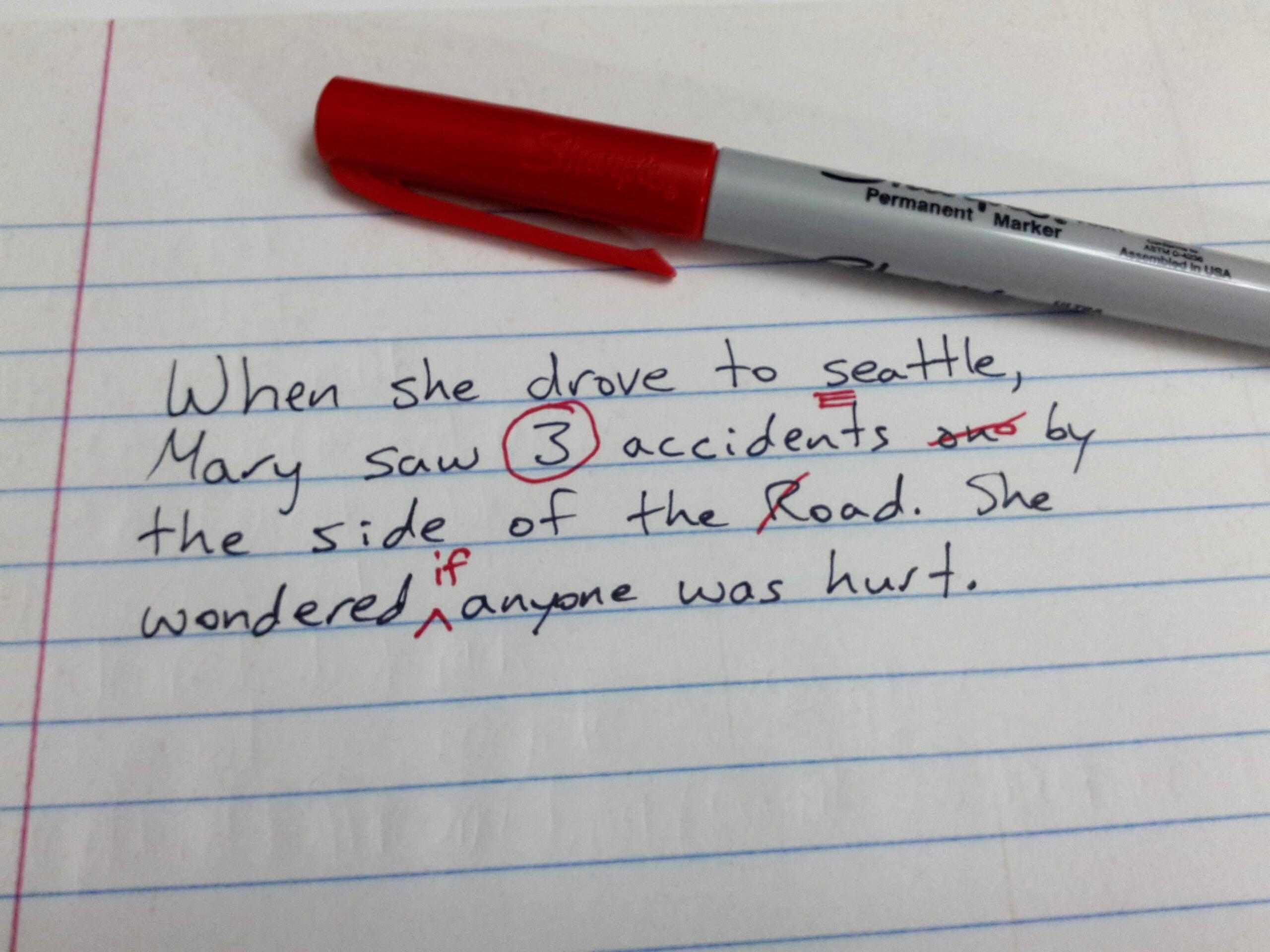
Hi new friends. My name is Dina Sleiman. In addition to being a published author myself, I’m an acquisitions…
September 28, 2015
We rarely know what someone else is going through. People don’t usually wear signs announcing their need. Do you…
September 27, 2015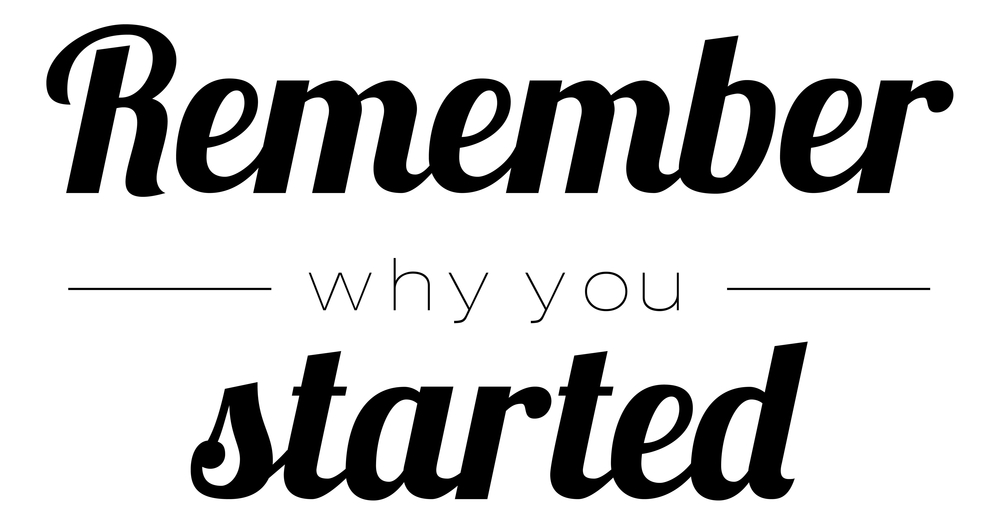
Can’t you give me brains?” asked the Scarecrow. “You don’t need them. You are learning something every day. A…
September 26, 2015
by Alycia W. Morales When I started reading the Divergent series by Veronica Roth, friends were conflicted over the…
September 25, 2015
Do you ever feel like “just a writer?” “Just” a wannabe author? “Just” a wordsmith who spends hours inventing…
September 24, 2015
The world of book publishing has been changing rapidly for a few years, and lots of vocabulary is changing…
September 23, 2015
Jesus Christ described the incredible power of one. Studying for a sermon series recently called The Power of One,…
September 22, 2015
“Great travel writing consists of equal parts curiosity, vulnerability and vocabulary. It is not a terrain for know-it-alls or…
September 22, 2015
Over the summer, I got my biggest freelance contract ever. It’s contract work for an educational company, so my name isn’t…
September 21, 2015
